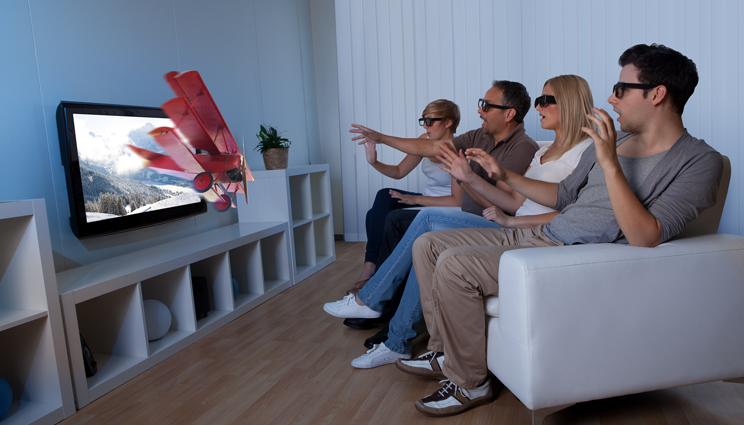Case Study – 3D Blu-ray QC
Challenge: QC 3D content on Blu-ray discs for major Hollywood Studios.
Background
Among other services, Testronic Labs tests video content (movies, television, etc.) for both streaming and packaged media (DVDs, Blu-rays) for several major Hollywood Studios. One of the tests is simply watching the video for digital and analog flaws such as pixelation, macroblocking, etc. QC technicians were trained to spot the flaws and had a well-developed process to avoid eye strain, loss of focus, etc. Then 3D content on Blu-ray came along.
Problem
Viewers can only watch 3D on Blu-ray by using special glasses. There are two approaches:
- Polarized lens a.k.a. passive 3D glasses (common in movie theaters)
- Active shutter which rapidly black out the right and left lenses in sequence – mostly for 3D TVs
While both can cause eye strain, the active shutter approach is much worse than the polarized lenses.
Solution
As CTO of this division, my job was to figure out the entire testing process. Diving deep into 3D technology, I became a subject matter expert, even speaking at a few conferences on the subject. A few learnings:
- Not everyone sees 3D to the same degree. We bought a test like this one to measure our QC technicians’ stereoscopic vision to determine if they could test the content for 3D flaws
- Where a QC technician could easily watch an entire movie with few, if any breaks, they could only watch 3D content for about 30 minutes at a time
- The human brain adjusts to forced 3D vision after a while, flattening the visuals to 2D. There was a famous experiment using glasses to turn the visual field upside down. Eventually, the test subject’s brain flipped the image back right-side up, but when they took off the glasses, the view was now upside down and the brain had to adjust again.
In any case, I designed a set of protocols that allowed us to QC 3D content on a variety of devices effectively and efficiently without harming our technicians’ eyes.

